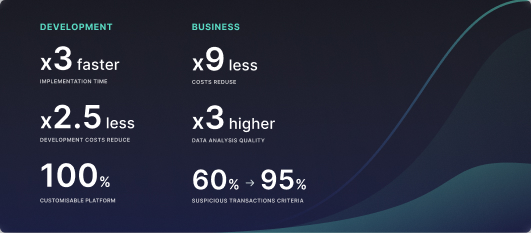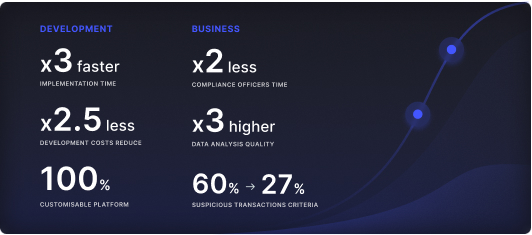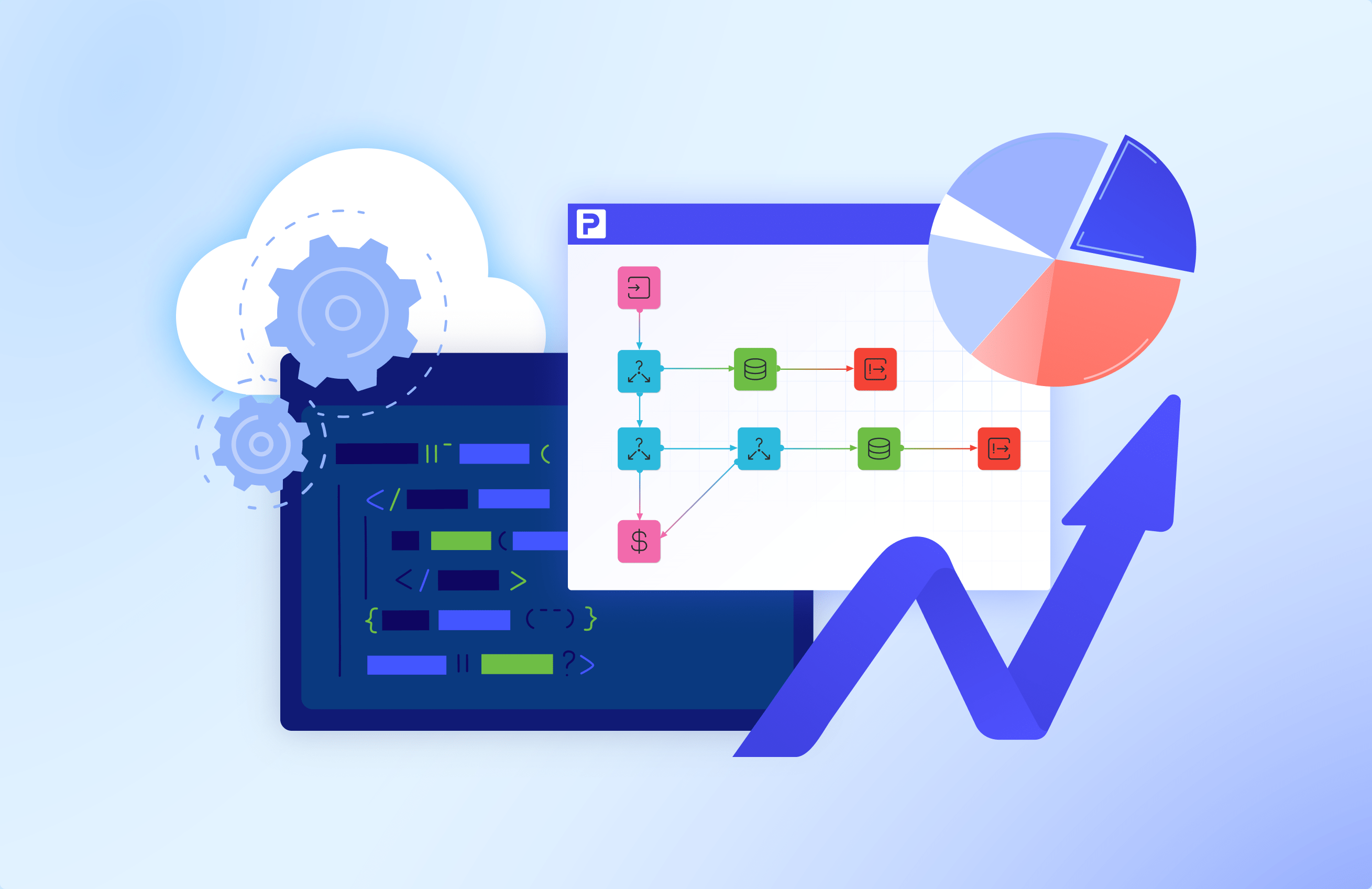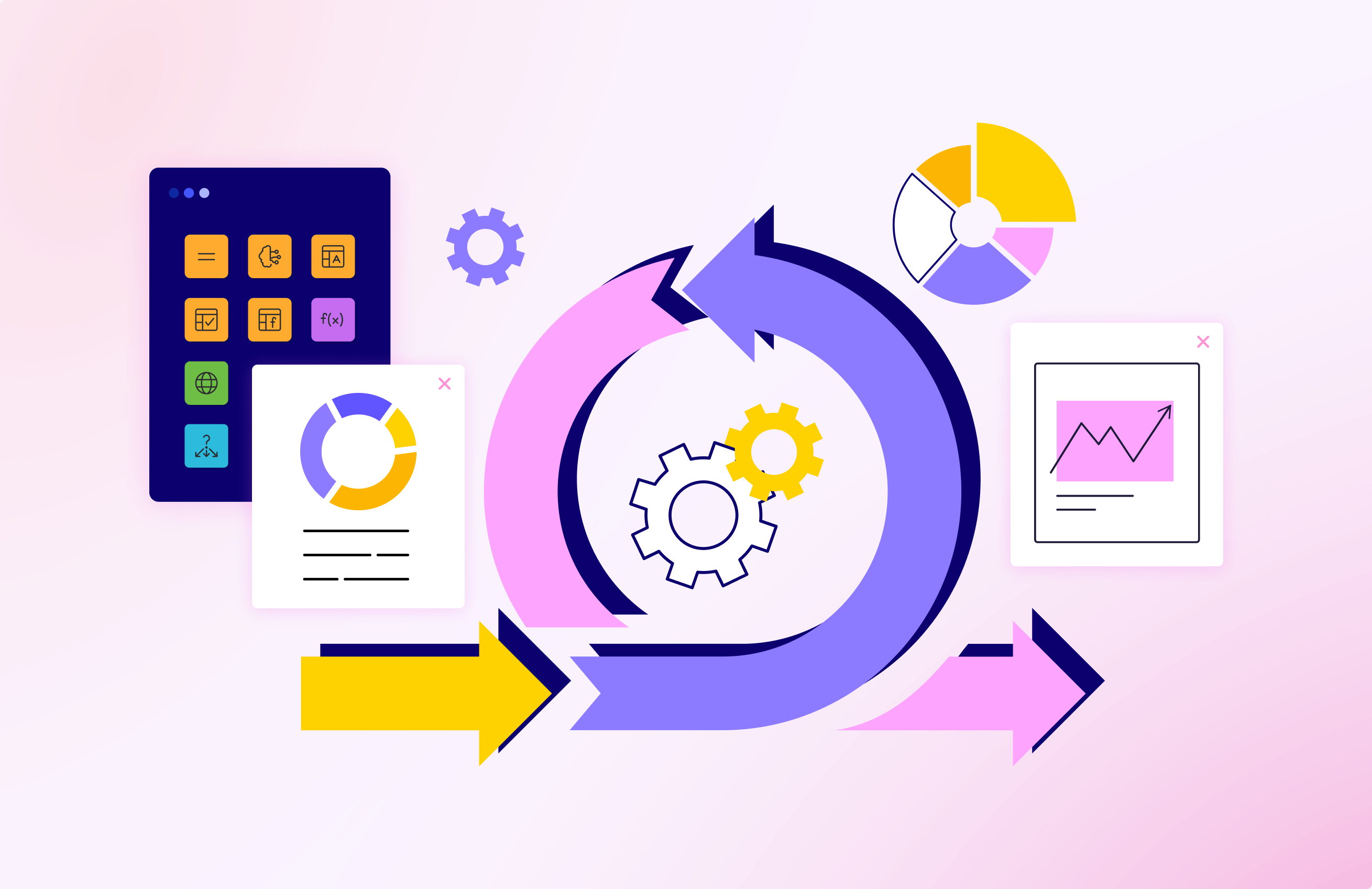How many loan processes do you automate?


Digitization and automation have taken financial business processes to next-level effectiveness, productivity, and profitability. Banks and lenders that bring automation technologies to their lending processes get a crucial advantage over their competitors. That’s why the rates of digital transformation in the automation field are growing at an unprecedented rate—especially after the pandemic and the big quit.
The FinTech field offers a plethora of technologies to automate loan-related tasks and processes. In Gartner’s graph below, you can see the major financial technologies and how they are expected to evolve in the next decade.

But do you use the full power of loan automation technologies? Do you take the best of them? Do you automate as many loan processes as possible? You will get the exact answer after reading this article. Here’s what we touch upon to evaluate your current loan automation system and see how to enhance it:
- The loan automation system structure and crucial features
- Loan processes that can be automated
- The positive impact of automation on these processes
- What technologies can you leverage to bring loan automation faster.
What is a loan automation system?
A loan automation system is a set of software that allows banks and lending organizations to automate loan origination, risk assessment, underwriting, repayment control, and analytics. Loan automation technologies work with commercial (business credit lines, invoices, SBA) loans and personal (personal credit lines, mortgages, Buy Now Pay Later) ones.
Core features of loan automation software
The features of a loan automation system can vary according to the particular need of a financial organization and its client base. Let’s consider the core features of every loan origination system by the type of process they automate.
Borrower onboarding and pre-qualification
First, loan automation software should include a digital registration form where the borrower can leave all the required data (a sum of money, purposes, level of income, personal data, etc.). It comes with the pre-defined and automated eligibility requirements the borrower needs to match to proceed with the loan. Then, the system needs an automation algorithm to extract the borrowers’ information and deliver it to other automation software parts. The loan automation system should work with AI to qualify the borrower better. Automated pre-qualification also includes borrower categorization by status and defines the loan type.
Risk management
Loan automation software should be able to process customer data in various formats (XML, JSON, PDF, etc.). To evaluate risks and give out profitable loan granting conditions, the automation software includes business rules management and scoring systems. These systems assess the risk using customer data and score a borrower following the rules defined by the bank. Then the score comes to a decision-making engine that automatically defines the loan conditions with minimum risks. To reduce risks, the system can highlight that additional information from an external source is needed.
Task assignment
The system should automatically assign the borrowers to a specialist that works with these specific client and loan types. Additionally, the system is embedded with an internal chat where the employees can discuss particular cases and make collective decisions.
Underwriting
Automated loan underwriting includes features for cross-department loan approval, automated loan approval forms creation, and automated rule-based loan approval or decline. The system automatically informs a borrower about the decision via email, a customer portal, or a message. It can also transfer the money automatically to the borrower when the loan terms are accepted by the borrower. Powered by AI, the system can suggest alternative credit conditions to the client, if they decline the bank’s loan offering.
Payment control
This part of the system creates and sends payment invoices automatically and tracks the loan payment status (due, fully paid, partially paid). Whenever the borrower fails to pay on time, as agreed in credit terms, the system signals the bank’s employees and the borrower. Then, the system can automatically impose penalties on the borrowers that break payment conditions.
Data management and analytics
Loan automation software also saves the borrowers’ loan history and other data relevant to potential future interactions. It sends the data to a bank’s database and can also derive it when the borrower interacts with the software again. In addition, the system analyzes the data of all the borrowers and is able to produce statistics on loan payment success rates, borrower demographics, and more.
Security measures
Loan automation tools comply with financial software security policies like FCRA, SOC, MLA, etc. Due to AI-powered fraud detection, data encryption, multi-factor authentication, and access control based on roles. These features make lending automation solutions more reliable for micro-lending organizations and large international banks as well.
Loan automation system integrations
To make the loan automation software work fast and improve risk management, you need to integrate it with other bank software and third parties. These are the most important integrations to improve loan automation software functionality.
Client-side application
Integrating a loan automation tool with a customer banking app or a portal facilitates loan processing. With this, borrowers can submit their applications straight to the loan automation system. Also, the integration allows borrowers to control their repayment process while banks can withdraw the funds automatically from a digital account.
Business rules management system
Business rules management systems enhance process automation and allows domain experts to keep the rules up to changing lending strategies.
BI (Business Intelligence) solution
Loan automation software can perform deep data analytics and send reports to the bank’s BI system. This allows the financial organization to process and analyze large amounts of data, and utilize it to make decisions.
Accounting software
Paired with lending automation makes the underwriting process easier. This helps optimize the process for the bank and ensures they keep track of their finances.
Bank accounts
Works for big banks that provide debit cards and digital banking services. Integrating the lending automation system with bank accounts allows for automating loan payment withdrawals with a borrower’s consent.
Loan origination automation technologies
The loan automation process is powered by a number of technologies that allow the process to occur and enhance it. Here are the technologies that are used for automation or for the creation of additional features of a loan automation system.
Artificial Intelligence (AI)
Artificial intelligence is an essential technology for loan automation as it can impact almost any process in a system. AI allows banks to make more precise decisions, better analyze the borrowers’ data, spot suspicious transactions, and create optimal credit conditions.
Robotic Process Automation (RPA)
RPA is another inseparable part of a lending automation system. It handles the automation of an array of processes starting from loan initiation to money transfers. PRA speeds up automated process execution and enhances its delivery to optimize the system.
Low-code and no-code solutions
According to Gartner, 83% of financial executives see low-code automation technologies as a major opportunity to speed up their lending process automation.

Low-code and no-code solutions are a fast way to develop lending automation systems or other financial automation tools. Low-code and no-code platforms have an easy-to-use visual development interface that makes development easier and faster. With them, developers and bank sales experts can build tools from ready-made components for lending automation software. What’s more, low code allows developers to create custom components and automation workflows.
Low-code tools offer pre-made connectors to multiple 3rd party services necessary for the fast lending automation process. The integration process can take several minutes instead of hours.
High-level low-code platforms are powered by AI, RPA, and other technologies relevant to lending automation software. Apart from loan automation itself, these technologies help to maintain the app and keep it secure.
ProcessMIX for loan process automation
If you’ve found a new feature to add to your lending automation system, consider the ProcessMIX low-code platform to kick it into action faster than ever before. Using the platform, you can create additional automation flows and integration in a matter of days or weeks.
ProcessMIX is a low-code platform for back-end that was developed with FinTech in mind. It includes a plethora of out-of-box functionalities for loan automation, credit risk management, transaction security, borrower data management, and others. Powered by AI and RPA technologies, ProcessMIX lending automation drives fast and precise outcomes at any scale.
Explore the loan process automation opportunities with ProcessMIX success stories in the loan automation field. If you are ready to enhance your lending process automation right away, get a free ProcessMIX demo version.
 Visual Development
Visual Development Assignment of risk level and customer category within KYC processes at customer onboarding
Assignment of risk level and customer category within KYC processes at customer onboarding Cross-Sell Offer Calculation for the 12M Client Base
Cross-Sell Offer Calculation for the 12M Client Base


